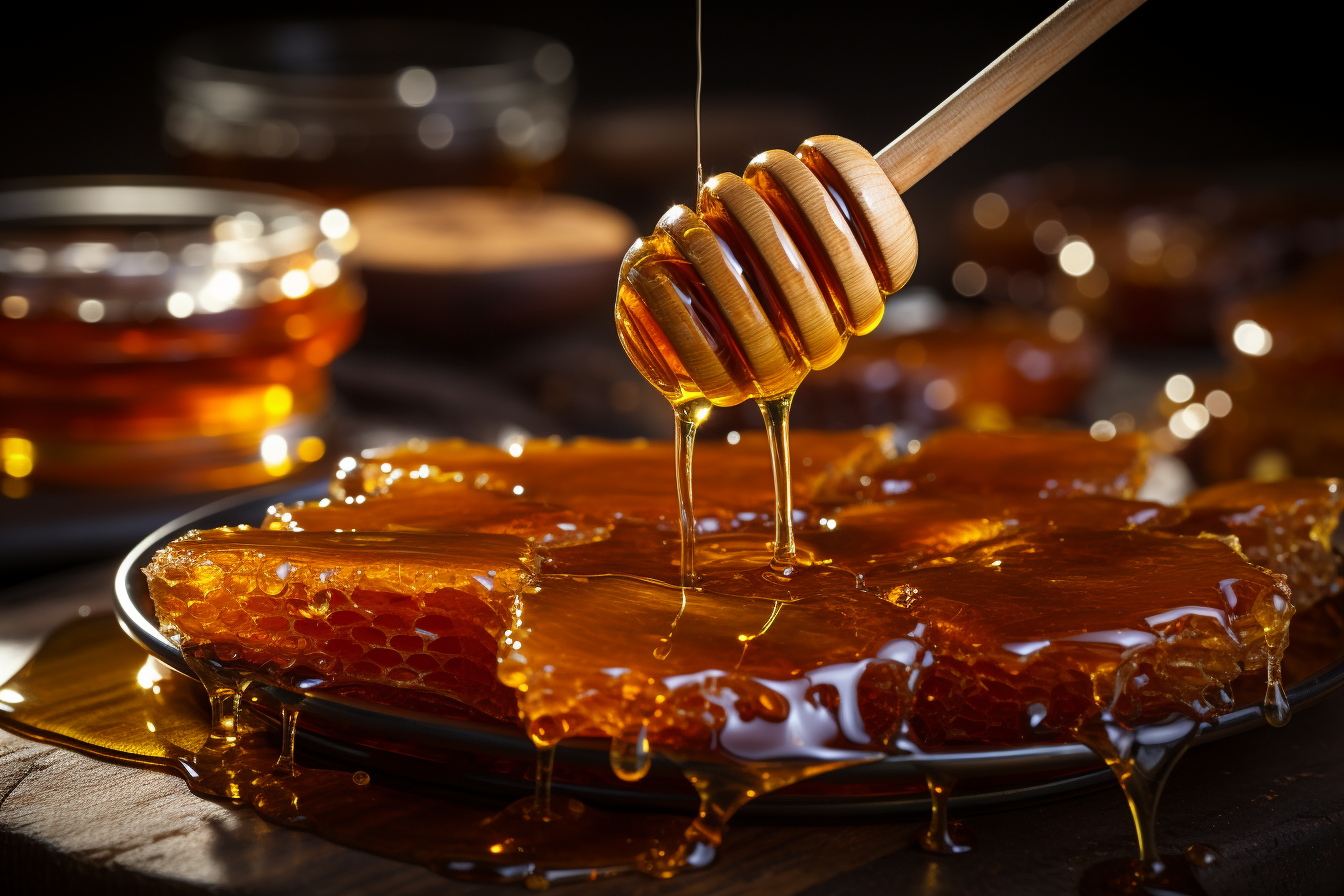Have you ever thought about producing your own honey? Feeding the bees, harvesting the honey and enjoying it at your table is an incredibly rewarding adventure. By taking this initiative, you are participating in the preservation of bees, these pollinating insects essential for the balance of our ecosystem. How to go about it ? From setting up the hive to tasting the honey, here’s everything you need to know about making your own honey.
Install a hive at home
First step to obtaining your own honey: installing the hive. French legislation recommends positioning your hive more than 20 meters from public roads and more than 100 meters from certain establishments such as schools or hospitals. The choice of location is crucial for the well-being of bees. A place sheltered from the prevailing winds, well exposed to the sun and close to a water source will be ideal. The hive must also be placed on a stable support to prevent it from tipping over.
The hive population
You then need to populate your hive. For this, you can buy an already formed colony of bees. This consists of a queen, several thousand worker bees and a few drones. It is strongly recommended to choose bees of a local breed to promote their adaptation to the environment.
Taking care of your bees
Once your hive is inhabited, it is essential to take care of your bees. They are the ones who produce honey thanks to their incessant work of collecting nectar. Bringing them water regularly and frequently checking their health is necessary. In the event of illness, you will need to seek the services of a veterinarian or a professional beekeeper.
The honey harvest
Harvest time usually comes between June and September, when the cells are full of honey and sealed by bees. To extract the honey, it is recommended to use an extractor. This tool allows the honey to be recovered without damaging the combs, which can be reused by the bees. Following extraction, the honey is placed in a jar and can be enjoyed a few days later. You can also let it sit for several weeks before consuming it, as it gains flavor over time.
The benefits of producing honey in your garden
Producing your own honey offers many advantages. In addition to the pleasure of tasting a product that you yourself produced, you contribute to the preservation of bees. You also have the certainty of consuming pure honey, without added sugar or corn syrup, which is unfortunately the case in some commercial honeys.
Conclusion
You have certainly noticed that beekeeping requires time and rigor. But what satisfaction to see pots of honey on your table, produced by your own bees! Don’t hesitate to embark on this wonderful adventure, for the happiness of the bees and yours.
Note : Before installing a hive in your home, find out about the legislation in force in your place of residence. Some countries or regions may have specific rules regarding domestic beekeeping. In France, for example, the installation of a beehive must be declared to the town hall.













